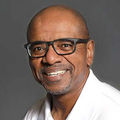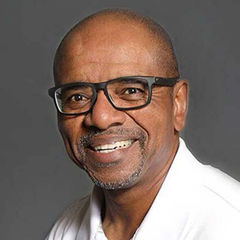Everyone’s lives have changed in countless ways since the COVID-19 pandemic began early in 2020. To better understand how our physical activity–related behaviors shifted, the Division of Nutrition, Physical Activity, and Obesity (DNPAO) of the Centers for Disease Control and Prevention examined changes in these behaviors. Their research—published as a Cross-sectional Study of Changes in Physical Activity Behavior During the COVID-19 Pandemic Among U.S. Adults—reveal important data about not only the behaviors of a variety of Americans, but also how the fitness industry can modify its approach to better serve people who it may not currently be reaching and who may need health education, behavior-change coaching and exercise programming most.
First, a rundown of the key findings:
- Among those who reported doing some physical activity, over half reported they did most of their activity inside their home (61.1%) and around their neighborhood (51.1%), while few reported doing most of their activity at a park or public trail (16.7%) or at another location (9.6%).
- Compared to white (57%) adults, Black (69%) or Hispanic (65%) adults were more likely to report doing most of their physical activity inside the home during the pandemic.
- Black and Hispanic populations, who are known to have been disproportionally affected by COVID-19, were also more likely to report doing less physical activity.
- Concern about exposure to the virus (39%) was the most common reported reason adults were less active.
All health coaches and exercise professionals are well aware of the countless benefits that physical activity provides, from improvements in mental health to reductions in the risk of several chronic conditions, including heart disease, obesity, type 2 diabetes, and some cancers.
So, how does COVID-19 and the data above intersect with these benefits?
Unfortunately, strategies that were critical to preventing, or at least managing, the spread of COVID-19, such as stay-at-home orders, mask mandates, social distancing guidelines, and the closing of schools and businesses, may have had the unintended consequence of exacerbating existing health disparities, as our most vulnerable communities became even less likely to be physically active and, therefore, became even more vulnerable to the disease.
One of the most important benefits of physical activity is that it supports a healthy immune system, which may help people not only avoid catching illness like COVID-19, but also fight such illnesses before extreme outcomes like hospitalization and death can occur. Being physically active and maintaining overall health may reduce the risk of many lifestyle diseases, including those listed above, and can be an important part of the fight against COVID-19, which hits those with underlying medical conditions hardest. Finally, stated simply, a healthier population—that also adheres to public health guidelines like social distancing and mask wearing—is better positioned in a battle against this and any future pandemics.
What This Means to Health Coaches and Exercise Professionals
This type of research should strengthen the resolve of the fitness industry to reach people in new and creative ways. For example, if you live in a predominantly Black community—where this research reveals people are more likely to have seen a negative impact on their physical-activity levels and be more likely to do most of their activity inside their homes—now is the time to bring innovative solutions to vulnerable communities that need them most. Community-based and in-home programming are great potential options, as are group fitness classes in places of worship and free educational seminars at community events. Reaching people where they are—not only in their health journeys, but also literally—is essential.
As the DNPAO states, “All people, regardless of age, race, education, socio-economic status, disability status, sexual orientation, and geographic location should have access to safe and convenient opportunities to be physically active. This will require collaboration between sectors, including public health, transportation, planning, business, healthcare, and parks and recreation.” Health coaches and exercise professionals can play a vital role in this collaboration by delivering evidence-based and practical solutions to a diversity of communities.




 by
by 











 by
by